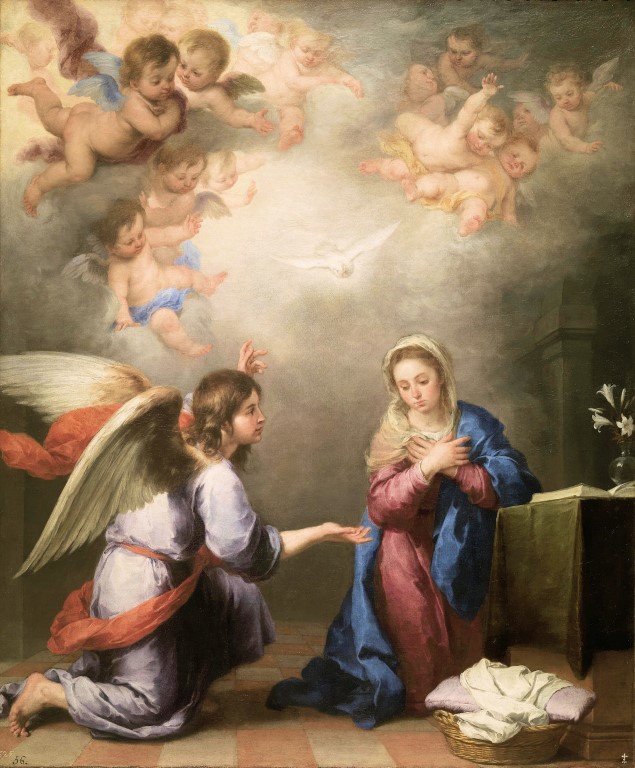The Transfiguration and Jewish feast days
My post on "Interesting parallels in Jewish customs" seems to have been well received, so I thought it might be helpful to look at today's feast day in the light of two Jewish feasts. Many years ago, I was bowled over by Fr Jean Galot's observation concerning St Peter's profession of faith. He argued that if, as many scholars accepted, the transfiguration occurred during the feast of tabernacles, then the "after six days" of Matthew 17.1 would mean that the profession of faith of St Peter in Matthew 16.16 would have taken place on the Day of Atonement. This is highly significant because the Day of Atonement was the one day in the year on which the high priest solemnly pronounced the holy name YHWH in the holy of holies in the Temple. St Peter, by his confession of faith fulfils the work of the high priests, and Our Lord in His own person is the living presence the Most High.
Then there is the feast of tabernacles itself. This feast lasted for a week. One of the ceremonies for each day was that a priest would take a golden pitcher and fill it with water from the pool of Siloam. He would then pour the water into the horns of the altar so that it fell like rain at the bottom of the altar. The rite was followed by the chanting of the Hallel psalms with joy, and the rabbis saw a the ceremony as referring to Isaiah 12.3 "With joy you will draw water from the wells of salvation" and the outpouring of the Holy Spirit. Alfred Edersheim's description of the ceremonies and the link that he made with Christ was another piece of exegesis that stunned me.
The festival built up to a climax on the last day, filled with joy and messianic expectation. St John (7.37-39) tells us that on that last day, in the middle of the crowded temple, Jesus stood and cried out "If any man thirst, let him come to me, and drink." Knowing the background to this utterance of Our Lord changes our understanding of it from being a nice metaphor to being a thrilling proclamation of His divinity and glory, audaciously set before the crowd gathered on a highly significant occasion.
So when St Peter, at the Transfiguration, suggested building three tabernacles for Our Lord, Moses and Elijah, it was not just a gauche attempt to fill the conversation: he is on the right lines. The Father confirms St Peter's intuition that this glorification of the Lord is the fulfilment of the feast of the outpouring of living waters and the great light for the world that was symbolised by the lighting of huge lamps on the feast: God Himself is with us.
It was many years ago that I discovered these aspects of the Jewish feasts in relation to St Peter's confession of faith, tabernacles and the Transfiguration. I have sometimes wondered if skeptical scripture bods might dismiss it all, but I was consoled when researching for this post, to find that in fact, Pope Benedict seems to have used the same insights in his book Jesus of Nazareth. There is nothing like having a favourite piece of exegesis confirmed by an authority like that!


